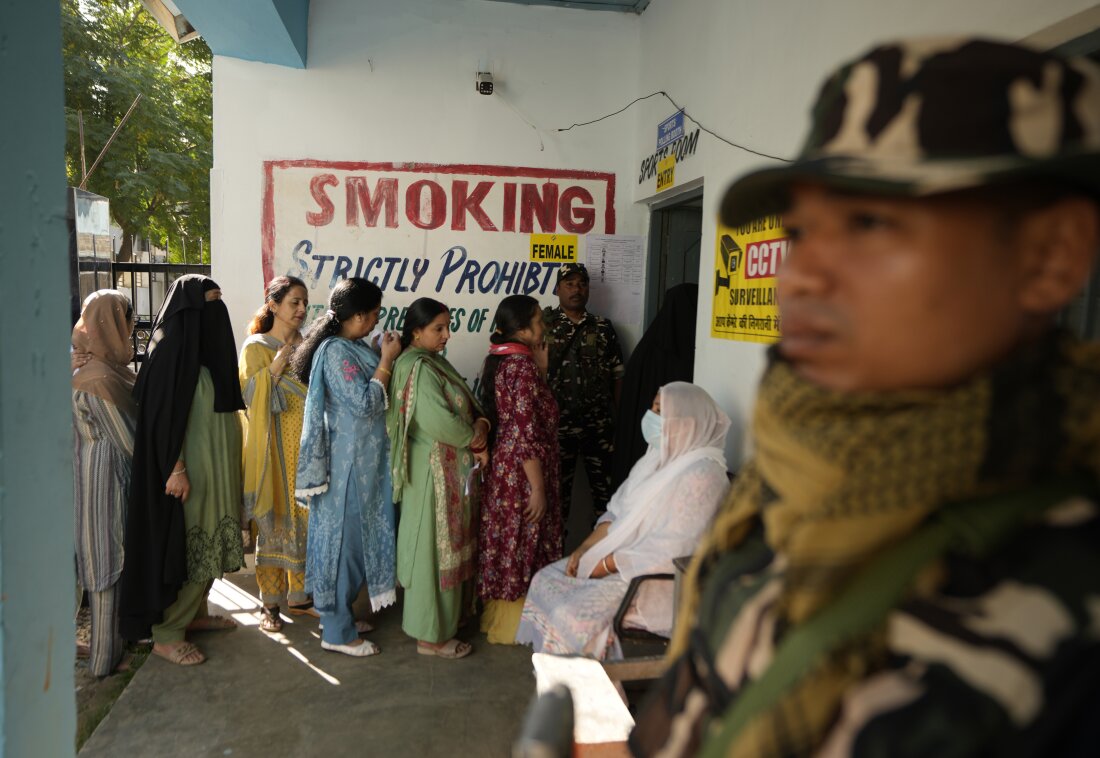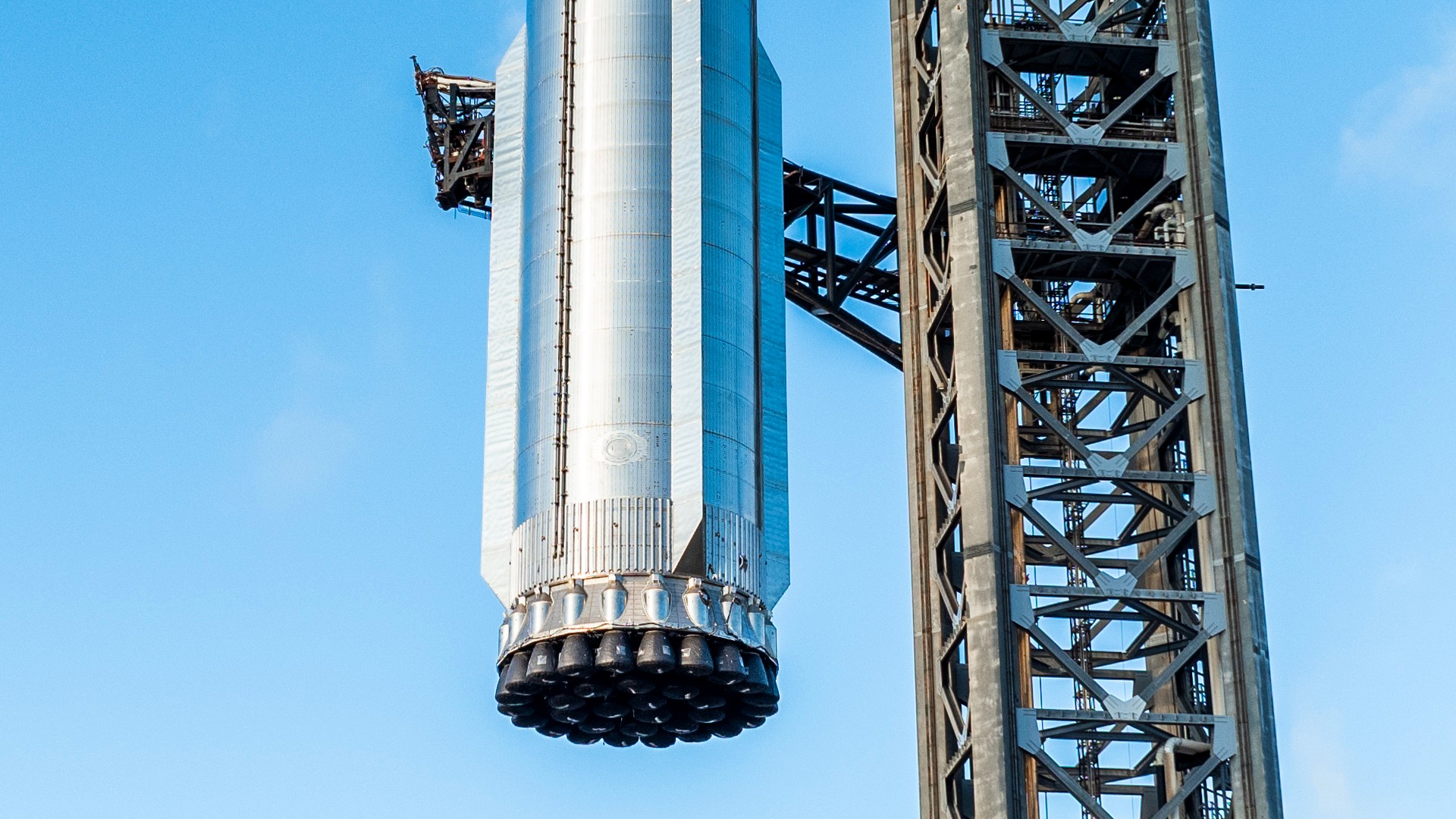The 2018 midterm elections saw a surge in voter turnout among younger people. Almost twice as many individuals in their late twenties and early thirties voted as compared to the midterms four years earlier. Furthermore, these voters overwhelmingly supported Democratic candidates and helped the party retake Congress. While it was unclear whether this political engagement among younger adults would continue beyond Trump’s presidency, it has grown stronger. Therefore, it is one of the most significant narratives in American politics and offers a significant advantage for Democrats.
Catalist, a progressive research firm that analyzes months of election returns, voter files, and other sources, publishes a post-mortem report after each election. The central theme of their recent report about the 2022 midterms was that “Gen Z and millennial voters” had an “exceptional level of turnout.”
The turnout among the elderly has decreased since 2014, mostly due to their death or inability to reach polls, and that among middle-aged people rose, but turnout among young voters raised even more sharply. While older Americans still vote at higher rates than young Americans, the gap between the two has been significantly reduced over the past two decades.
Fear, Not Love
Why are more young people becoming politically active? Fear is driving it. Younger voters worry about the country’s future. The majority of younger voters lean towards the left and worry about the Republican Party’s extremism, climate change, abortion access, and other similar issues. In contrast, those on the right worry about secularization, political correctness, and illegal immigration. According to Amy Walter, the Cook Political Report’s writer, “What seems to be driving younger voters to the polls isn’t love, but anger.”
It is important to note that although people tend to become somewhat more conservative as they age, generations tend to have distinct ideologies. American politics has shown that people are shaped by the political climate during their adolescence. Generations that came of age during the Depression and New Deal, for example, leaned Democratic for their entire lives. In recent decades, events such as the Iraq war, the financial crisis, Obama’s presidency, and the chaos of Trump’s presidency have created a progressive generation. For the last four national elections since 2014, Democrats have won at least 60 percent of the votes among 18- to 29-year-olds. It is the longest run of success for Democrats since at least the 1970s, when Catalist’s data began.
The rise in voter turnout among millennials and Gen Z is a good reason for Democrats’ optimism. Even in the short term, the age dynamics matter. In the long term, Republicans will struggle to win national elections unless they appeal to more Americans born since 1980, as millennials and Generation Z are growing parts of the electorate.
Still a Contest
The Democratic Party is in a stronger position than the Republican Party among younger voters, but the contest is not over. The party has other weaknesses that can eventually alienate more millennial and Gen Z voters. For example, working-class voters across races have recently drifted towards the Republican Party, and many of them are bothered by the increasing social liberalism of the Democratic Party. Similarly, many younger voters are not sure which party offers more promising economic policies.













